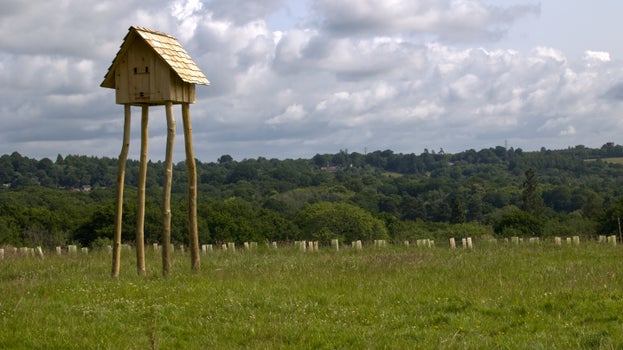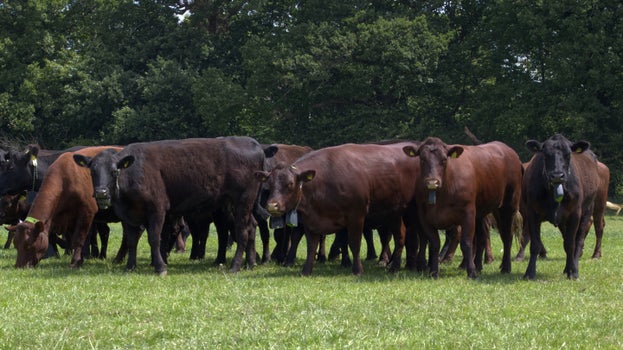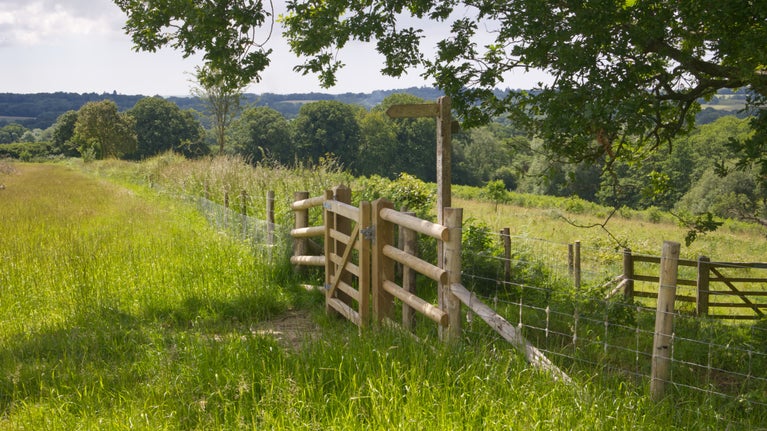3 September
August and September
August:
Our new volunteer team has been busy collecting and propagating wildflower seed over the summer, with more seed to be sown out in November. This marks our second year of trials, as we research new ways to create woodland beyond simply planting trees. We’re keen to see how easy it is to establish woodland ground flora species when planted at a similar time to our trees. Without the partnership training from staff at Wakehurst's Millenium Seedbank we wouldn't have been able to achieve what we have this year, so thanks go to them. A second volunteer team has begun helping on the estate by removing trouble dominant species from several fields, carrying out scrub control and undertaking green hay strewing.
September:
While dodging the rain we've cut some fields ahead of seeding in late September. By cutting the fields, soil nutrient levels have been depleted which will benefit the establishment of wildflowers. We’ve finished silage cuts for the year, with the bales to be used by our grazier as winter feed for livestock. In particularly species rich fields, we collect the hay we harvest and spread it on fields that are not as rich in species. This is called 'green haying' with hay spread on poorer species fields carrying seed which will then germinate, slowly increasing the species diversity when repeated yearly.
We’ve also had fencing contractors in to install over 4,000m of perimeter stock fencing.
Work is underway creating high quality habitat for turtle doves, with guidance from RSPB. We want to contribute to reversing the huge drop in numbers of turtle doves in this country. A good feeding habitat needs a bespoke mix of seed; turtle doves like feeding on up to 60% bare ground and we’re sowing seed across nearly 5 acres of field to give them the habitat they desperately need. The seed mix includes species such as fumitory. clover and chickweed.
In a number of our fields we've lowered the number of sheep grazing to allow soils to recover. In doing so we've seen an increase in height variation amongst the grasses, which provides good cover to invertebrate species. It has been lovely to see clusters of house martins patrolling the fields in search of a tasty morsel as well as dragonflies which are also hawking up and down the field edges.










